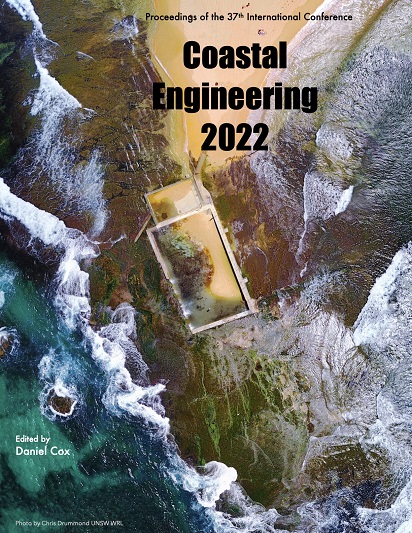Abstract
Meteorological tsunamis, or meteotsunamis, are similar to tsunami waves that are generated by seismic or volcanic activity, except they are forced through the atmospheric effects. The main forcing mechanism is an abrupt change in sea surface atmospheric pressure propagating over the ocean. These may be due to atmospheric effects or volcanic eruptions. Meteotsunamis are considered as a multiresonant phenomenon where destructive events occur only when a coincidence of several crucial factors takes place at the same time. These include (Pattiaratchi and Wijeratne, 2015): (1) the generating atmospheric system; (2) the continental shelf and slope topography; and, (3) the topography and geometry of the coastline (harbours, bays, river mouths etc.). All three of the conditions described above depend on the coastal topography and bathymetry as the speed of the shallow water waves is dependent on the water depths. Meteotsunamis are a global phenomenon with many regions have particular names that identify this phenomenon with different forcing mechanisms. In this paper, an overview of the occurrence of meteotsunamis in Australia will be provided through the analysis of sea level measurements and/or currents with an emphasis of their effects in ports and harbours.References
Pattiaratchi and Wijeratne, (2015): Are meteotsunamis an underrated hazard? Philosophical Transactions Royal Society of London A. doi:10.1098/rsta.2014.0377.

This work is licensed under a Creative Commons Attribution 4.0 International License.
Copyright (c) 2023 Charitha Pattiaratchi, Sarath Wijeratne

